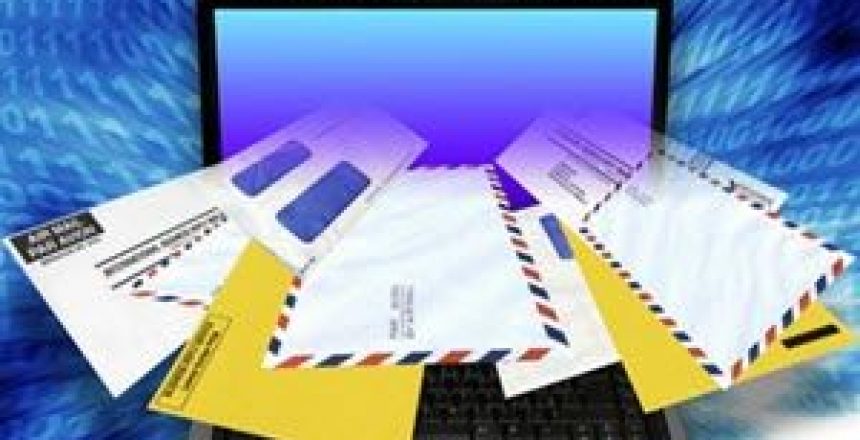Don’t you hate it when you’re watching your favorite team and the refs keep bombing your favorite players with flags? It’s like they won’t even let them do their job. You might even think the refs are trying to prevent your team from winning. Imagine that.
What if the refs were hired specifically for that purpose? What if their whole job was to scan the field for anything even close to a penalty or a foul and to shut it down as quickly as possible. And how would you feel if the refs made a lot of mistakes and shut down players and plays that actually should have been allowed? Yeah, that would stink.
Well, that’s precisely what spam filters and appliances are designed to do to your emails. You really want to win. The spam filters may not even let you play the game.
So what do you need to know about email deliverability? What can you do to make sure your emails get to the inbox?
Here Are Some Top Email Deliverability Issues To Understand
- Spam filtering is becoming more aggressive across the board.
- Also, more organizations are getting smarter about email management in general.
- You must protect your IP address reputation with vigilance. Check out my article from March 8 to read more about this. Watch Your Domain and IP Address Reputation
- Low open rates can affect deliverability.
- You may be sending to inactive email accounts. After each email goes out take the time to review the auto-replies and remove email addresses that are no longer active.
- You may unknowingly use words that trigger spam filters. Check out this article “List of Spam Keywords to Avoid in Your Marketing Emails” about spam keywords to avoid. There are many links to trigger word lists. And just in case it’s not common sense, never use these words: “free,” “$$$,” “earn,” or “guaranteed.”
Here’s Another Interesting Development
You would think that words like “report” or “white paper” would be an indicator of genuine value. However, in the last few years, marketers have used content like this as click bait to gain engagement. Now, these words are becoming spam triggers because of the practice of using reports to pull people into websites. The lesson learned here is that the rules are constantly changing based on existing behaviors. You need to stay on top of these rules.
A Few More Miscellaneous Thoughts
- Keep your email designs minimalist and straightforward.
- Watch your image to text ratio. Too many photos will trigger spam filters.
- Focus more on text and less on design. Minimize the number of borders and banners and other design elements. If you’re going to send a simple email to a friend you’re not going to throw that kind of stuff in there. Spam algorithms know that.
- Make sure your emails have a responsive design and look good on mobile devices. Over 55% of your emails will be viewed on a mobile device.
